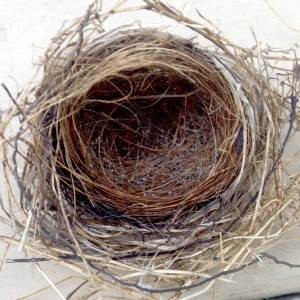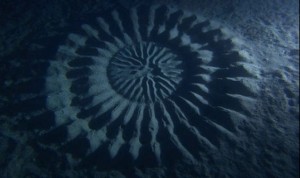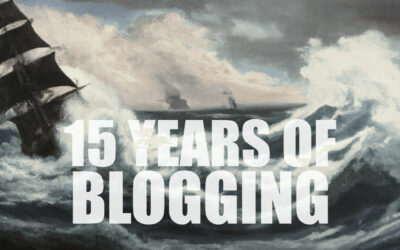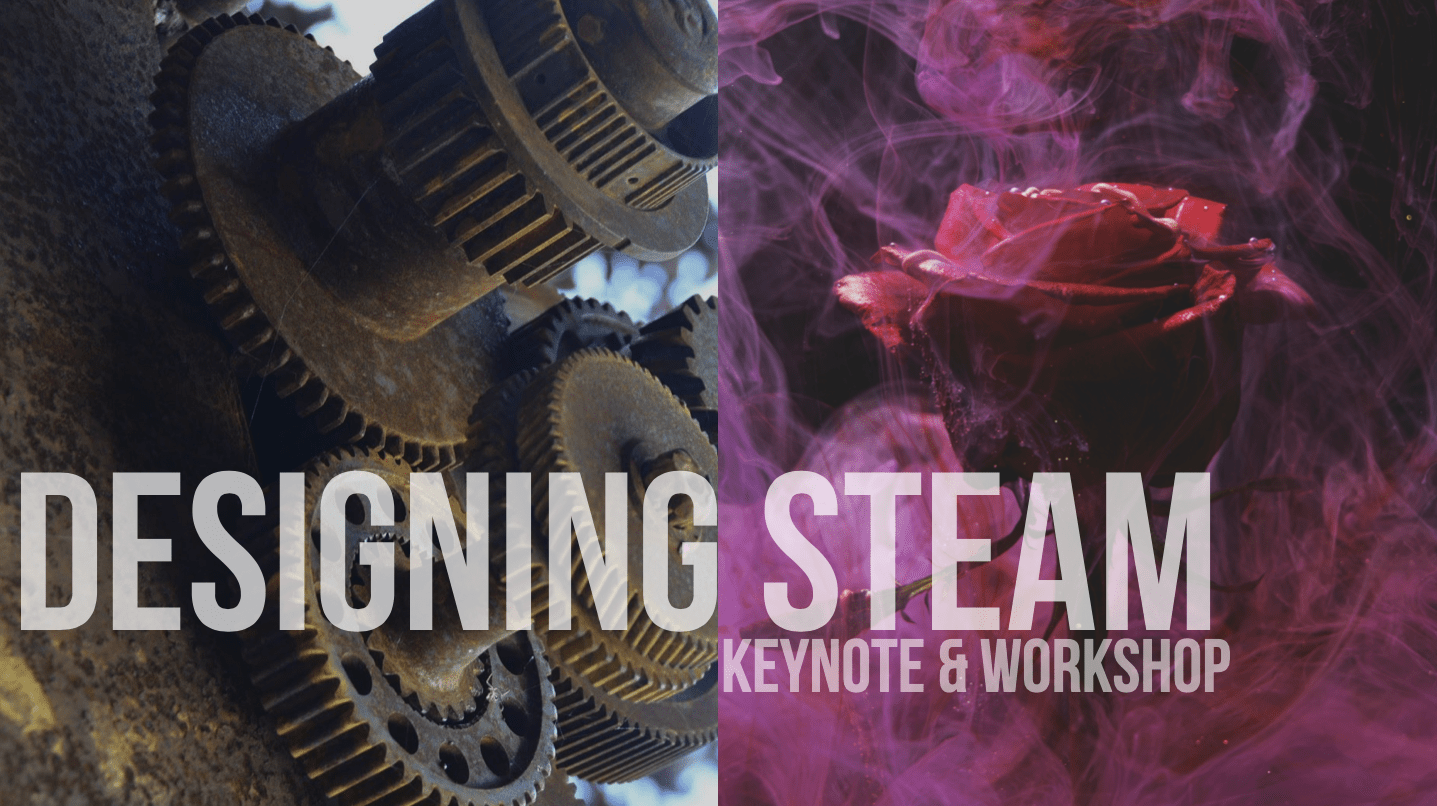Connecting birds nests to “crop circles under the ocean” leading to some thoughts on perception, beauty and finding intelligent life in the universe (or maybe even on this planet).
The other day I found a bird’s nest on my front lawn. Most probably it had fallen down from the tree above. Here it is. It is a tiny thing. One regular egg would fit snugly in it.

As I looked at it closely I was struck (actually blown away) its beauty and perfection—strands and grass woven together with such care! One can just marvel at the time, effort and skill that must have gone into building it. And remember the only tool available was a beak!
I know I would not be able to create something this intricate. So much for my large frontal cortex and opposable thumb… Guess who’s the bird brain now!
There are those, who I think, will be somewhat underwhelmed by my response to this nest. What’s the big deal they will wonder, it’s just a nest. We’ve seen hundreds of these… That may be, but I think many of us think we have seen a nest – but truly we haven’t. Learning to see is a skill or an art that needs to be cultivated. I had made a similar point in a previous post – where where I spoke of finding beauty in banality. I wrote there about the importance of distinguishing between recognition and perception. Recognition is about seeing things for how they have been labelled or categorized (this is a nest! ho hum), while perception is about seeing things for what they are! Perception requires letting go (in so far as possible) of prior categories and classifications.
I was reminded of this nest a few days ago when I came this article about underwater crop circles—another intricate, circular structure similar to the nest (see image below). These circular structures with radiating spokes were first discovered in the 1980’s off the coast of Japan. Scientists till recently did not have sense of how these structures came to be.

As this article (The mystery of underwater crop circles, explained) describes it, these shapes on the bottom of the ocean floor are created by a tiny, 5 inch, puffer fish.
Males spent seven to nine days building their respective circles by repeatedly swimming in and out of the circle, using their fins to dig valleys in the sandy bottom.
Of course all this is done for one reason – that of attracting a beautiful female pufferfish (it’s a story worth reading in full). And yes, there is even a video of this little fish engaged in creating this design. This is truly the most amazing video I have seen in a long time.
Note (August, 2023): The original video I had embedded here seems to have disappeared. I replaced it with the one below.
As I think of this underwater design and the nest – two examples of what Dawkins would call extended phenotype—I think of the brilliance of natural selection. A blind, non-teleologial process that leads to such amazing results. I think of the intelligence encoded in the genes of these tiny fish and birds… an intelligence that is so different from yours and mine. And then I wonder about what intelligence will look like on other planets… when even the ones here seem so alien to me.




That is extraordinarily beautiful. What craftsman, I will use that when i teach pattern and rhythm in my Art II class. “Are you smarter than a fish?” what a great intro for students to see what is created in the world around us. Even the animal have a natural drive for create!